“Carbon fiber is an inorganic high-molecular fiber material with a high carbon content. It is ‘soft outside but rigid inside,’ lighter than aluminum metal but stronger than steel. It has four product forms: fibers, fabrics, prepregs, and chopped fibers. Fabrics refer to textiles made of carbon fibers; prepregs are obtained by arranging carbon fibers in a consistent direction and impregnating them with resin to transform them into sheets; chopped fibers refer to short filaments. These products, when combined with resins at different ratios, form carbon fiber reinforced composite materials (CFRP). Currently, composite materials are primarily used to manufacture sports equipment, and carbon fiber composite materials are among the best. In a sense, modern competitive sports is a challenge to the limits of human physical ability. Any slight improvement in world records often relies on technological advancements. There are numerous examples of using new materials to enhance the performance of competition equipment and thereby improve athletic performance.”
Advantages of carbon fibre composites for sports equipment
1、Light weight
For sports equipment such as pole vault poles, golf clubs, tennis rackets, bicycles, snowboards, and kayaks, which rely on human power to move, people prefer them to be as light as possible. Even for equipment that relies on other sources of power besides human effort, such as race cars, sailing boats, and motorboats, being lightweight is also preferred under the same conditions. Carbon fiber composite materials have incomparable advantages in this aspect, with a density of 1.76-1.80 g/cm³ and a composite material density of 1.50-1.60 g/cm³, compared to steel’s density of approximately 7.87 g/cm³, aluminum’s 2.7 g/cm³, and titanium’s 4.5 g/cm³. Clearly, carbon fiber composite materials are much lighter than metal materials.
2、High specific strength and high specific modulus
The specific strength (strength per unit mass) and specific modulus (modulus per unit mass) of carbon fiber composite materials are 4 times and 3 times that of cedar wood, 3.4 times and 4.4 times that of Chinese parasol tree wood, and 7-12 times and 3-5 times that of steel. Their outstanding specific strength and specific modulus allow them to be used to make various products that are light, strong, rigid, and sturdy, making them particularly suitable for manufacturing sports equipment.
3、High fatigue strength
Carbon fiber has a stable structure, and after undergoing millions of cycles of stress fatigue tests in composite materials, its strength retention rate can still reach 60%, while that of steel is 40% and aluminum is 30%. High fatigue strength allows sports equipment to have a longer service life.
- Low Coefficient of Thermal Expansion
The coefficient of thermal expansion of carbon fiber is almost negative at room temperature, zero when the temperature is between 200-400°C, and 1.5×10^-6 K^-1 when the temperature is below 1000°C.
- Good Safety Performance in Case of Damage
In carbon fiber composite materials, due to the role of the matrix, when subjected to tensile stress along the fiber direction, the strain of each fiber is basically the same. Broken fibers, due to the stress transfer effect of the matrix, still function except for the broken ends. The breakage of individual fibers does not cause a chain reaction or catastrophic failure, thus ensuring good safety performance in case of damage.
- Good Damping Performance
The polymer matrix of carbon fiber composite materials has viscoelasticity, and there is friction at the microcracks and debonds in the matrix and interfaces. During vibration, the viscoelasticity and friction convert part of the kinetic energy into heat. Therefore, its damping is greater than steel and aluminum alloys, and can be further increased with specific measures.
7、Great design freedom
The development of composite material molding technology has greatly increased design freedom. One notable characteristic of fiber composite materials is their anisotropy. By changing the direction and manner of fiber laying, local reinforcement or reinforcement of the stress condition in a certain direction can be achieved. Design can be tailored to factors such as the athlete’s age, gender, skill level, and physical strength, maximizing the effectiveness of sports equipment, which is difficult to achieve with generally isotropic metal materials.
The product form of carbon fibre and the main moulding technology used for sports equipment
Carbon fibre composites can be moulded as a whole through reasonable design, which can eliminate many combination type frames and assembly type frames and reduce production cost. With the development of technology, there are many moulding methods for sports equipment, mainly including winding moulding, moulding, RTM moulding, pultrusion moulding and other technologies.
1、Winding moulding technology
On a special winding machine, prepreg blanks are evenly and regularly wound on a rotating mandrel, and finally cured and removed from the mandrel to obtain products. Winding forming method is suitable for the manufacture of simple rotating body, such as cylinders, spheres and some positive curvature of the rotary body or cylinder products, can also be used for the manufacture of non-rotating body parts. Its distinctive feature is to be able to products in accordance with the force will be arranged according to a certain rule of fibre, thus giving full play to the strength of the fibre, to obtain lightweight high-strength products; in the process can be achieved continuously, mechanized production, and short production cycle, high production efficiency, low labor intensity; the disadvantage is that the products need to be removed after the curing of the mandrel, unsuitable for the manufacture of products with concave curvature surfaces. With this method can be made of golf clubs and fishing rods.
2、Moulding technology
Compression moulding process is a method of curing and forming composite products with the help of heat and pressure in a closed mould cavity. The mould of compression moulding consists of negative and positive moulds, and the reinforcing materials are generally short-cut fibre mats, continuous fibre mats and fabrics. Compression moulding method has high production efficiency, accurate product size and surface finish, especially suitable for manufacturing large quantities and products with high precision and repeatability requirements. Complex structure of the products can be shaped at once, without the auxiliary processing (such as turning, milling, planing, grinding, drilling, etc.), the appearance of the products and the size of the repeatability of good. The disadvantages are: the complexity of mould design and manufacturing, the initial investment is higher, easy to be limited by equipment.
3、RTM moulding technology
RTM (Resin Transfer Moulding, or RTM for short) is one of the more commonly used moulding techniques for composite materials. The technology is to put the fibre or preform into the closed mould cavity, inject the resin liquid into the mould cavity with pressure, soak the fibre or preform, and then curing, demoulding and forming the products.The advantages of RTM technology are: it can make high quality, high precision, low porosity, high fibre content of complex composite material components, and it can get smooth double surface without the need of gel-coating resin; it has short time from design to production, and the productivity is high; RTM moulds and products can be designed by CAD, and it is easy to make the materials. RTM moulds and products can be designed by CAD, easy to manufacture moulds and wide choice of materials; RTM moulded components and fittings are easy to achieve local reinforcement or manufacture of locally thickened components, and composites with cores can be moulded in a single run; RTM moulding process has less volatility, which is conducive to the protection of workers and the production environment. At present, RTM technology is generally used to mass produce the body parts of bicycles and rowing boats.
4、Pultrusion moulding technology
Used for continuous production of fibre composite profiles. Pultrusion refers to a method in which fibre bundles or ribbon fabrics are pulled by external force, and made into linear products with specific cross-sectional shapes and unrestricted lengths by impregnation, extrusion moulding, heating and curing, and fixed-length cutting. It will be impregnated with continuous fibre through a certain cross-sectional shape of the molding die, curing and molding in the die cavity or in the die cavity gel, out of the mould heating and curing, in the traction machinery under the action of the pulling force can be continuously drawn out of the unlimited length of the profile products. Pultrusion molding process is simple, high efficiency; pultrusion method of preparation of products, reinforcing fibres along the axial parallel arrangement, can effectively use its strength; the use of fibre mat reinforcing material can be prepared isotropic products; the use of woven tape can improve the transverse strength of the products. Pultruded products are characterised by high strength, light weight, easy decoration and good surface quality. These properties are ideal for many types of sports facilities and related applications, such as fishing rods, bows and arrows, spreader bars, ski poles, and so on.
Carbon fibre composites in sports equipment application
The higher the specific strength of carbon fibre composites, the lower the weight of the component; the higher the specific modulus, the greater the stiffness of the component. Therefore, making full use of the characteristics of carbon fibre composites can improve the performance of many sports.
1.Pole Vault Poles
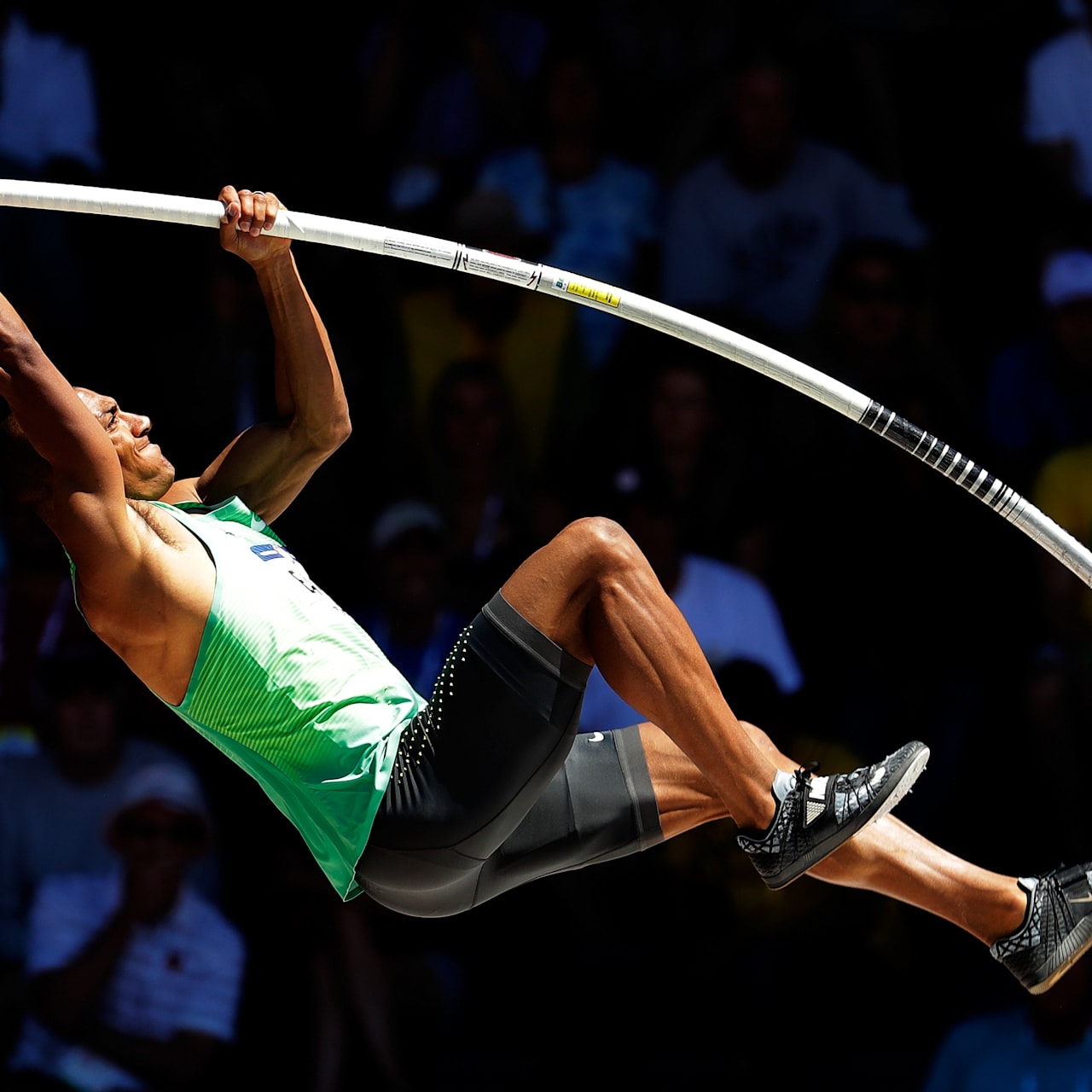
2.Golf Clubs
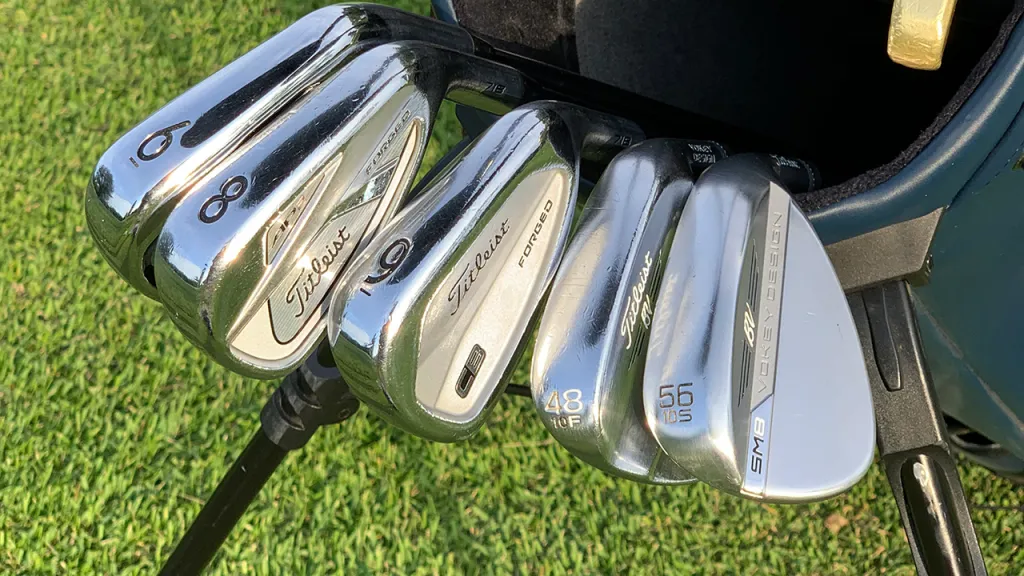
Steel clubs were the standard in the United States in the 1930s. In 1972, the United States first adopted carbon fiber composite materials to make clubs, and by 1998, the number of carbon fiber golf clubs significantly exceeded steel clubs. Golf clubs consist of a handle, shaft, and head. Carbon fiber composite clubs can reduce weight by approximately 10% to 40%. According to the law of momentum conservation, when the total weight of the golf club is constant, a heavier head and lighter shaft facilitate an increase in swing speed, giving the ball a greater initial velocity. Additionally, carbon fiber composite materials have high damping characteristics, extending the impact time and allowing the ball to travel further.
3.Tennis Rackets
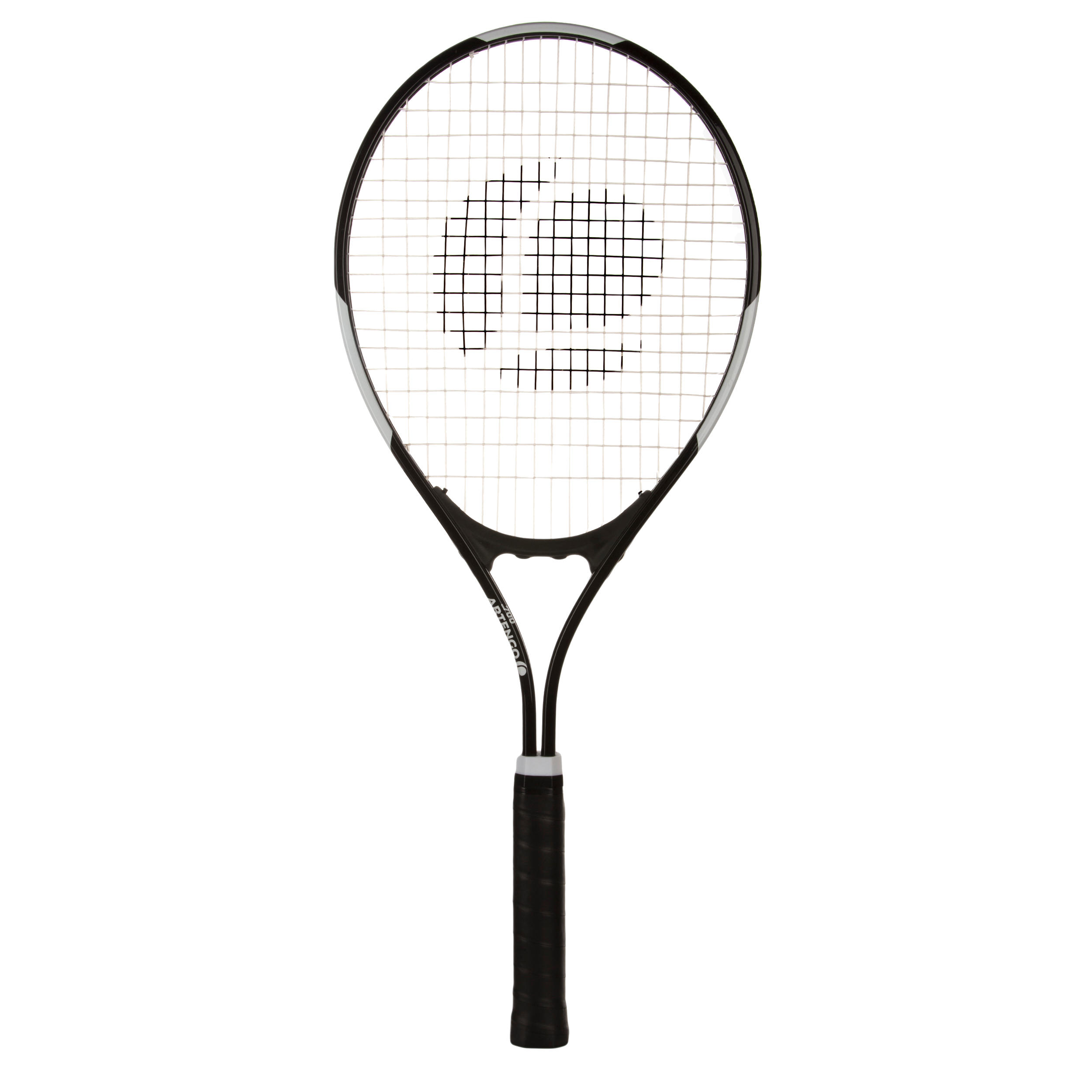
The trend in tennis racket development is towards larger size and lighter weight. Currently, most high- and mid-range tennis rackets in the world are made of carbon fiber composite materials. Large tennis rackets require lightweight carbon fiber composite materials with high specific strength and modulus to manufacture, enabling them to withstand stronger string tension than wooden frames, ensuring no deformation during hits. Carbon fiber composite materials with good damping properties provide athletes with comfort while also giving the ball a greater initial velocity.
4.Arrows
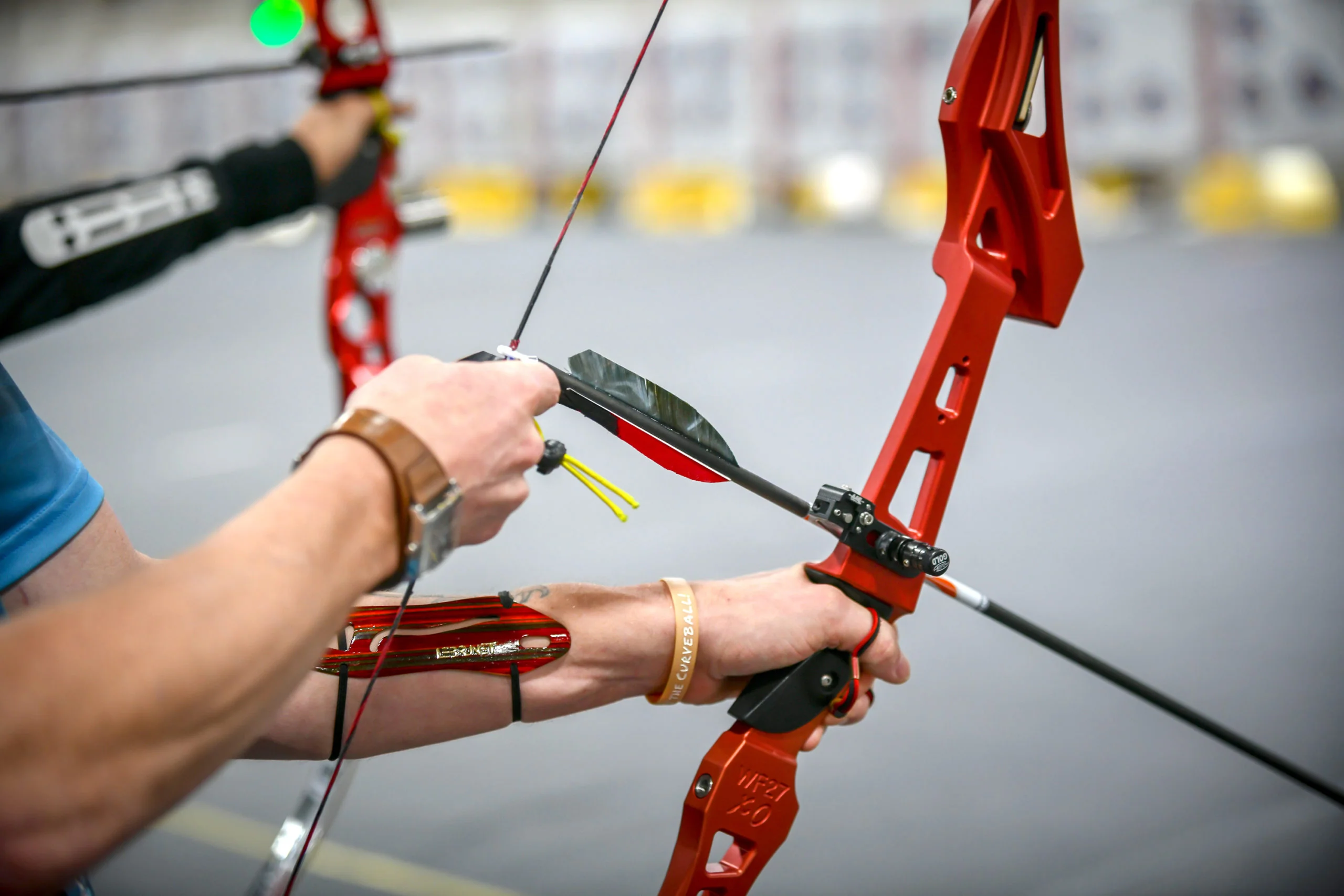
In archery, improving the performance of equipment is a crucial way to enhance scores, and the main method for this is to increase the specific elasticity of bows and arrows. The best bows in the world today are carbon fiber composite series products. Bows made of carbon fiber composite materials can withstand bending stresses of 50 kg/Hun2, giving arrows the maximum initial velocity and the longest range. Carbon fiber composite materials have unparalleled fatigue resistance compared to fiberglass and metal materials, resulting in longer-lasting bow arms.
5.Bicycles
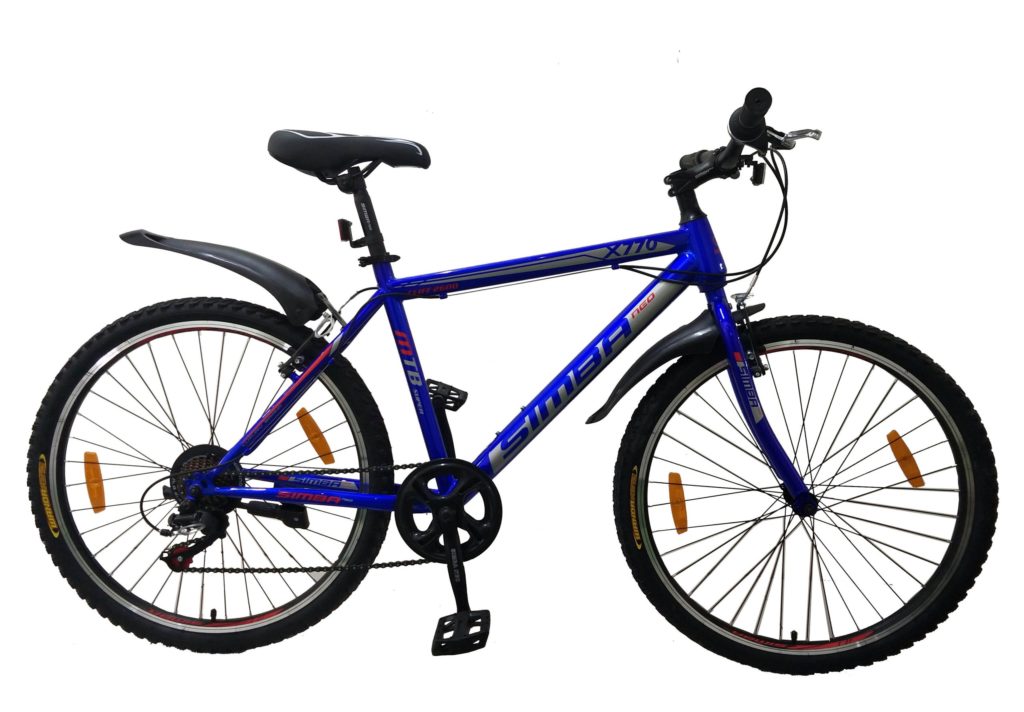
With the rapid development of modern society, bicycles are not only a means of transportation but also have multiple functions such as fitness, tourism, and competition. High-end bicycles use carbon fiber composite materials for their frames, forks, wheels, crankshafts, and seat posts, not only enhancing the bicycle’s aesthetic appeal but also providing excellent rigidity and shock absorption. This further reduces the weight of the bicycle, enhancing riding comfort.
The rapid development of modern technology has had unprecedented effects on sports. Today’s sports competitions are essentially competitions in science and technology, and advanced, innovative materials are one of the important conditions for improving the level of sports science and technology. In many sports, human physical and mental capabilities have almost reached their limits, and victories and defeats often hinge on small margins. Relying solely on strong muscles and good competitive conditioning is no longer enough to win. Athletes increasingly rely on the wisdom of scientists and compete with their equipment. People expect that upgrades in sports equipment will enable athletes to challenge their limits. It can be said that modern Olympic Games are no longer purely about which country’s athletes can run faster, jump higher, or lift heavier. Behind the athletes’ competition is a comprehensive competition between countries in terms of technological development and national cohesion. The records set in the Olympic Games are not only manifestations of humans breaking through physiological limits but also concentrated displays of technological innovation in sports.




